COMMENT: Let us widen the national electricity production mix
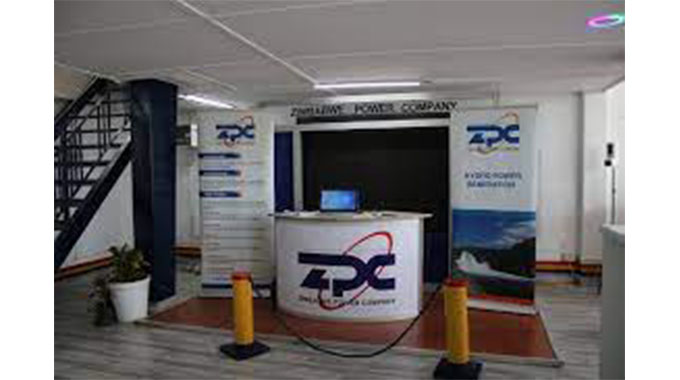
Kariba South Hydro was producing 602MW as at 9pm yesterday, according to the Zimbabwe Power Company (ZPC). Hwange and Munyati thermals were generating 150MW and 12MW respectively. The country was therefore, by that time, generating a total of 764MW versus national demand averaging 1 900MW.
That output was one of the least in recent months as it has tended to hover around 1 300MW. The sharp decline may not have happened at a more poignant time as four days earlier, the Zambezi River Authority, which manages water on Lake Kariba, had asked the ZPC to halt using the reservoir to produce electricity saying the company had exhausted its allocation for the year.
ZRA chief executive, Munyaradzi Munodawafa said the high-level Joint Technical Committee (JTC) meetings held on November 10 and 25, 2022 held between Zimbabwean and Zambian parties to the Water Purchase Agreement (WPA) for the lake had noted a depletion in the dam level, hence the need for ZPC to stop production until January 2023.
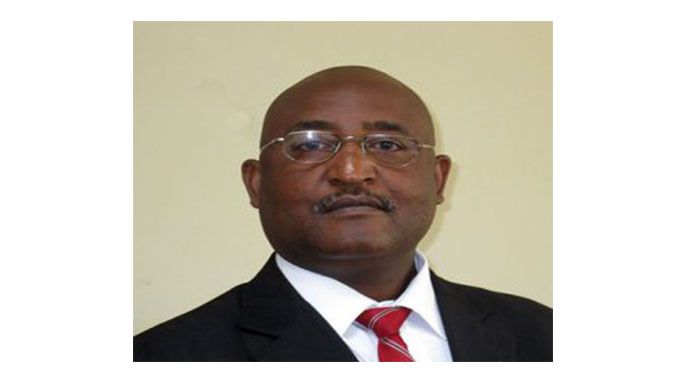
Eng Munyaradzi Munodawafa
“Please be advised that as of 25th November 2022, Kariba South Bank Power Station had utilised 23,89 billion cubic metres (BCM) of water, accounting for 1.39 BCM(or 6,16 percent) above the 2022 water allocation of 22,50BCM,” he said.
“Given that the Kariba Reservoir usable storage currently stands at a paltry 2,98 BCM or 4,60 percent full, and that Zesco Limited (of Zambia) still has a positive balance of 2,44BCM (10,82 percent) as of 25th November 2022, ZPC/KHPC no longer has any usable water to continue undertaking power generation operations at Kariba South Bank Power Station.”
That Kariba is central to national power production is obvious but last night’s figures hammer that point home in a much stronger way. At the same time it emphasizes the need for the country to expand the national production mix, to spread it around by continuing to invest in hydro facilities, bring in more coal-fired capacity, invest much more in solar systems and paying attention to Invictus Energy’s work in Muzarabani more closely with an idea to using natural gas which we hope would be discovered in commercial quantities, to generate electricity as well.
It, too, highlights the challenges that can arise if we rely too much on one energy source; rather, one energy type. Depending too much on the river flow is just as risky as relying too much on coal, the sun, nuclear, gas or geothermal.
The Government has been actively investing and encouraging investment in a wide range of technologies to assure more national energy security. It is investing US$1,5 billion to add 600MW at coal-burning Hwange power plant. The first facility, Unit 7 is expected online in the next few days while Unit 8 is due on stream by March 2023.

President Mnangagwa
Early this year, President Mnangagwa commissioned a scalable 5MW solar photovoltaic plant at Mabale in Matabeleland North and just two weeks ago, did the same at Blanket Mine in Gwanda where a 12,2MW solar project has started generating.
In April, Pretoria Portland Cement announced a plan to invest about US$40 million in establishing two plants to generate 30MW using solar.
The Zimbabwe Energy Regulatory Authority said recently that it had granted 77 power generating licences. Zimplats received one to build a 185MW solar farm at its mine in Mhondoro Ngezi while Mimosa Mine is researching on the possibility of setting up a 38MW facility.

Kariba South Power Station
Other investments are ongoing or earmarked for small hydros at Tugwi Mukosi in Masvingo, Gwayi-Shangani in Matabeleland North and elsewhere.
We encourage the Government to keep on that path — investing more in energy production while encouraging the private sector to do the same. Building energy transmission and distribution infrastructure is essential too. As we do that, let’s keep in mind the need to spread the systems around — solar, hydro, natural gas, wind, coal, and biomass and so on working together to ensure greater national energy security.

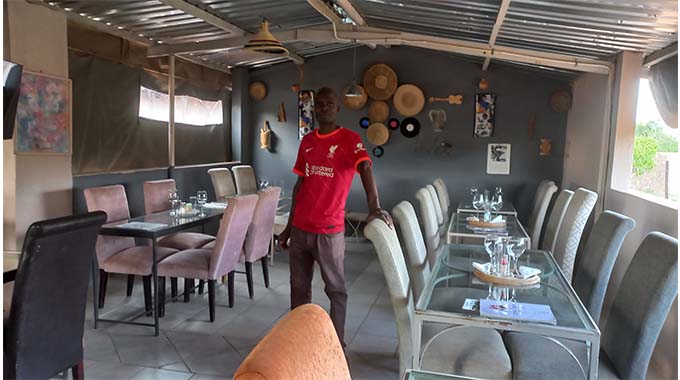
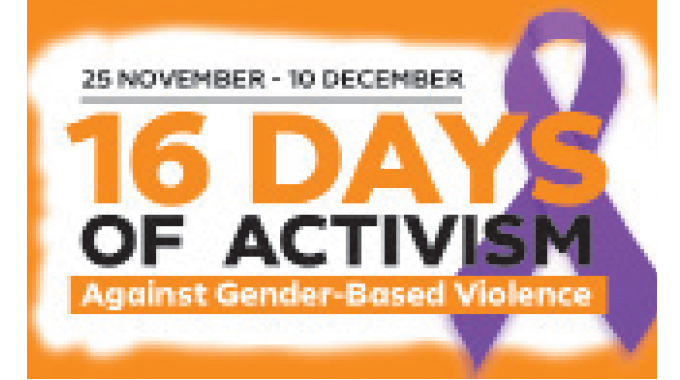


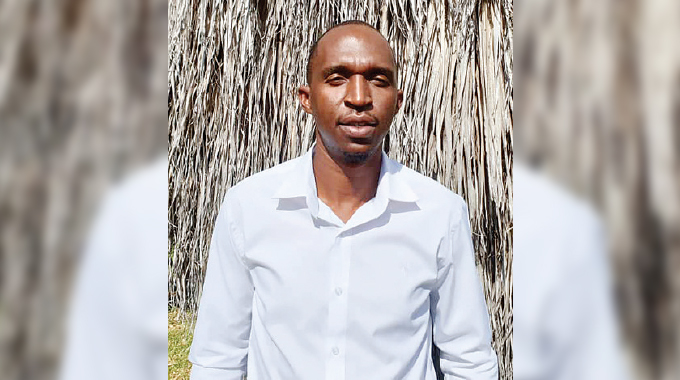






Comments